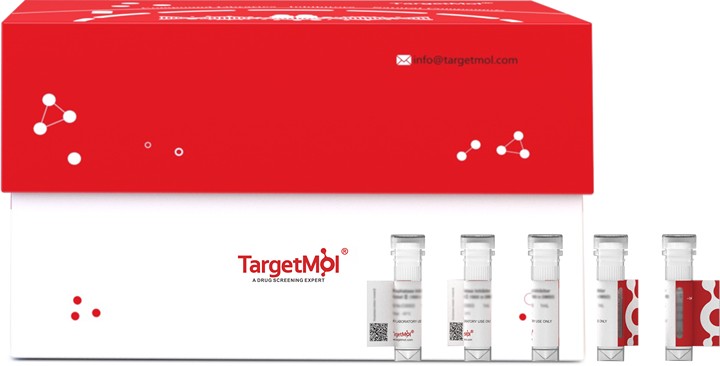- Remove All
 Your shopping cart is currently empty
Your shopping cart is currently empty
DEC-205 Protein, Human, Recombinant (His)
LY75 (Lymphocyte Antigen 75) is a Protein Coding gene. It is broadly expressed in the lymph node, appendix, and other tissues. LY75 knockdown in SKOV3 cells resulted in predominant upregulation of functional pathways implicated in cell proliferation and metabolism, while pathways associated with cell signaling and adhesion, complement activation, and immune response were mostly suppressed. Moreover, LY75 suppression had an opposite effect on EOC cell lines with the epithelial phenotype (A2780s and OV2008), by directing epithelial-to-mesenchymal transition (EMT) associated with reduced capacity for in vivo EOC cell colonization, as similar/identical signaling pathways were reversely regulated, when compared to mesenchymal LY75 knockdown EOC cells. Diseases associated with LY75 include Pneumonic Plague and Adenoiditis.

DEC-205 Protein, Human, Recombinant (His)
| Pack Size | Price | Availability | Quantity |
|---|---|---|---|
| 100 μg | $451 | In Stock | |
| 200 μg | $798 | 7-10 days | |
| 500 μg | $1,690 | 7-10 days |
Product Introduction
| Description | LY75 (Lymphocyte Antigen 75) is a Protein Coding gene. It is broadly expressed in the lymph node, appendix, and other tissues. LY75 knockdown in SKOV3 cells resulted in predominant upregulation of functional pathways implicated in cell proliferation and metabolism, while pathways associated with cell signaling and adhesion, complement activation, and immune response were mostly suppressed. Moreover, LY75 suppression had an opposite effect on EOC cell lines with the epithelial phenotype (A2780s and OV2008), by directing epithelial-to-mesenchymal transition (EMT) associated with reduced capacity for in vivo EOC cell colonization, as similar/identical signaling pathways were reversely regulated, when compared to mesenchymal LY75 knockdown EOC cells. Diseases associated with LY75 include Pneumonic Plague and Adenoiditis. |
| Alias | lymphocyte antigen 75, LY-75, GP200-MR6, DEC-205, CLEC13B, CD205 |
| Molecular Weight | 189.7 kDa (predicted) |
| Storage | Shipping with blue ice. |
Sci Citations
Calculator
In Vivo Formulation Calculator (Clear solution)
Dose Conversion
Tech Support

Copyright © 2015-2025 TargetMol Chemicals Inc. All Rights Reserved.




